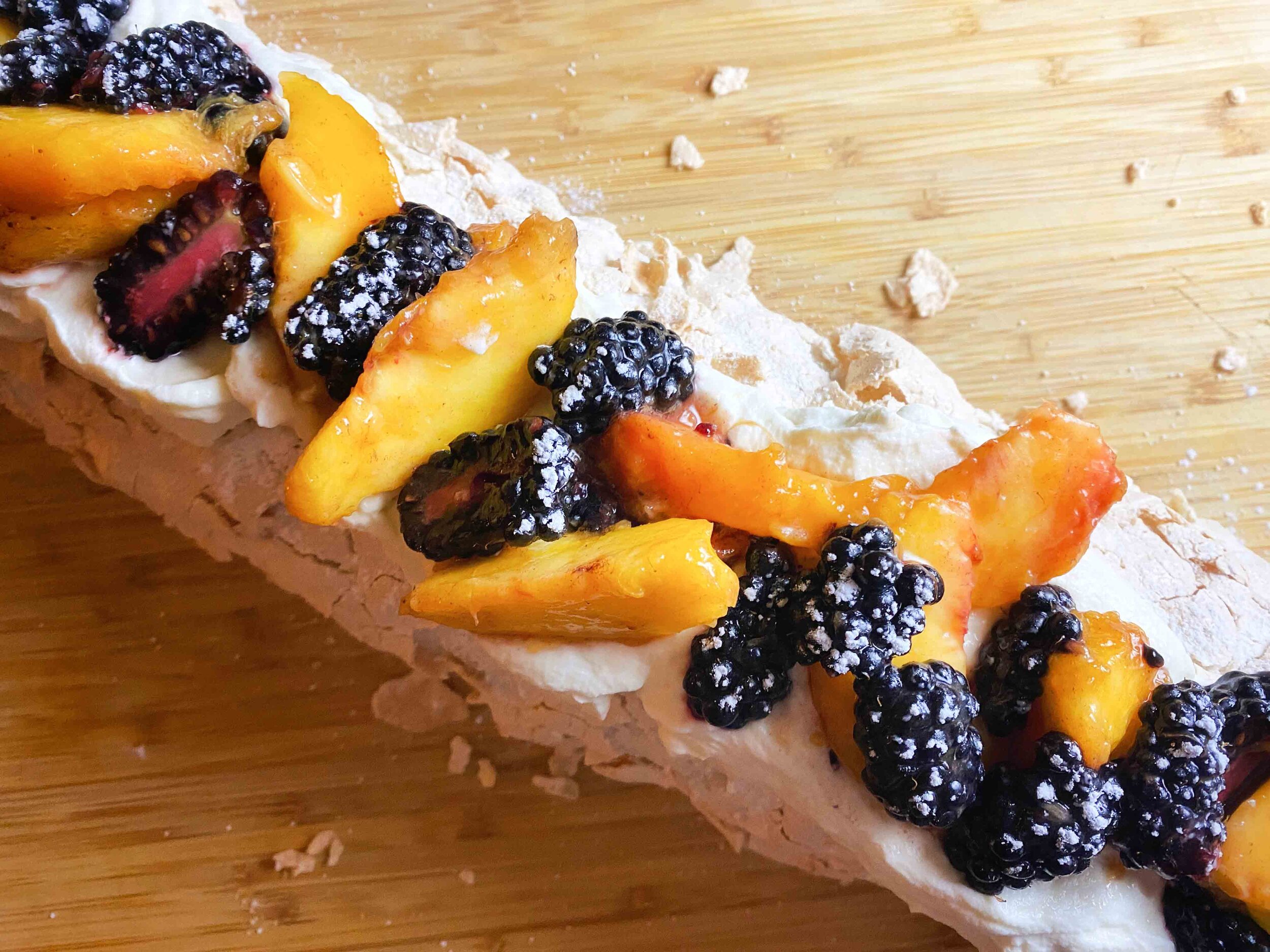By Leslie Brenner
Among all the desserts in all the world, it’s hard to think of one more enduringly craveable and satisfying than a classic French lemon tart. At this moment before berries fully rev up (and as cherries and peaches quietly prepare to steal our hearts), a tarte au citron is a deliciously tangy way to celebrate spring.
Sunny and optimistic, the iconic dessert is almost absurdly simple: just a pastry shell filled with lemon curd. Yet it’s so purely pleasurable it never goes out of style.
But what’s the best recipe? After many years of tinkering, I’ve distilled everything I’ve learned into one I think is just right. As with many things that are simple, it’s all about the quality of those components and how they talk to each other.
For the shell, some recipes use a short crust (pâte brisée) with a touch of sugar; others use a sweet pâte sablé, made with egg and lots of powdered sugar. Lemon curds are similar at their base — eggs, sugar, lemon juice and butter, cooked on top of the stove to creamy-custardy. But differences in approach, amounts of ingredients and technique can change the quality of the tart, sometimes dramatically.
The lemon tart’s power to cheer is remarkable. Back in 2008, when the global financial crisis hit, I baked one nearly every day for couple months to keep my spirits up, doing something slightly different each time. Since then, I’ve turned to it whenever I crave that gorgeous lemony blast, experimenting with different crusts, using more or less sugar, changing up the egg-approach, how much butter to use or when to incorporate it. Sometimes, I’d act like a lemon tart virgin and faithfully follow a recipe in a new cookbook, hungry to discover something fresh.
What I’ve learned over these many years is that despite the oft-cited dictum that baking is an exact science, a lemon tart gives you plenty of room for error, and inevitably plenty of joy. There’s more room for improvisation than you’d think. If you know the basics of how to make a crust, you can hardly go wrong, and lemon curd is not difficult or finicky.
I also learned that there’s a world of difference between a good lemon tart and a great lemon tart.
To me, the ideal is a very lemony one that’s not overly sweet, with depth of flavor, a velvety texture and a crust that’s brilliantly tender and buttery. And as a cook, I want a recipe that yields spectacular results every time with as little fuss as possible and in the shortest time.























